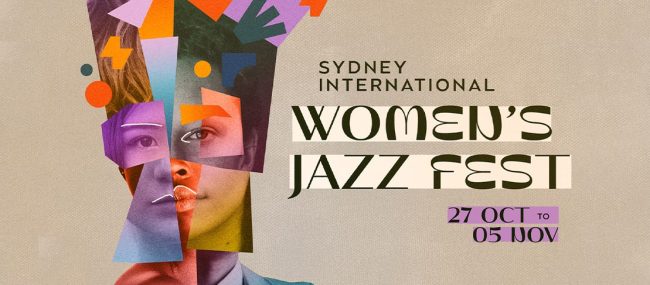2 April 2010 Show – Allan Giddy
This morning Katherine talked to time-based artist and sustainable art advocate Allan Giddy. Before we look more closely at Allan’s work, it might be useful to explain what time-based and sustainable art is.
Time-based art
A relatively recent term in artistic practice, time-based art is a very broad term applied to artworks that work with time and duration – say a video piece that lasts for 4 minutes rather than a temporally static painting. Time-based art generally works with the mediums of film and video, sound, music, performance and installation and often has an element of interactivity with the audience. (Definition adapted from COFA).
Sustainable art
Integrating ecological concerns and developing technologies, sustainable art is now spontaneous movement sprouting up all over the world as a result of artists’ concerns with environmental issues. Sustainable art can be anything that integrates sustainable practices but the technology utlised is itself often an important feature of the artwork, drawing attention to its possibilities.
Allan Giddy
Allan Giddy is a pioneer in time-based sculpture and his work in recent years has focused on public art made outside the context of galleries and instead shows up in locations that people pass by everyday. A lecturer at UNSW’s College of Fine Arts, Allan is currently establishing, along with Bonita Ely and Martin Sims, an institute that tests sustainable technologies in the use of public installations (https://eria.com.au/). Allan’s work consists of large-scale public art installations that make use of what is already in a site (from Moreton Bay Figs to heritage listed cranes) and further uses the environment by making these time-based sculptures responsive to the weather and interactions of the environment around it. His website is here:
https://www.allangiddy.org/
There is a lot that is interesting about time-based art (whatever that means and really the above paragraph probably does very little to define the term and more to open up the term for the convenience of art school classifications) and Allan’s work in particular. Whilst paintings and photographs work on sight and music may work on hearing and time-based art can do both those things, what sense can the experience of time be said to work on? If a painting can ‘open up the eye’ so to speak, can time-based art play with our perceptions of time – or perhaps reveal our perceptions to us – is time relative? Is it malleable? Time is essentially mysterious, inscrutable by our senses until it starts making them fail.
Allan’s work, at the very least, invites the taking of time to enjoy it, as the audience’s experience of the work changes over a duration. But more than that, it also brings our attention to time through recalling/resurrecting the past in a new way (‘Weather Cranes’ utilises heritage listed cranes and ‘Wireless House’ restores an old building that once played radio for the enjoyment of Glebe residents and the unemployed) and using time to build the work (‘Minor Attractor’ uses solar power to power a UV light that attracts insects which in turn attracts spiders to build webs that are lit up by that light), whilst at the same time having the building of the work be part of the art. Process and decay, change and integration with the environment, looking to the past whilst developing technologies for the future are often themes of time-based art. Moreover, the process itself is often part of the work – on presentation to the public, the work is not only unfinished but is continually being finished as time passes, which brings up the question that if this more time-dependent definition of time-based art is constructed, what can we say about video works which are presented as finished products with closed durations? Do they need to be works that suggest time, like Giddy’s ‘Postcards From Broken Hill and You’ where the landscape literally races past at carchase speeds?





